Sometimes it’s good to be still & reflect on the faithfulness of God. I was so blessed that someone shared this on my Facebook page… REALLY! I was..!! I did not even remember doing this video shoot with David Baroni. It could have been from an instructional series we did years ago…(*because of the overhead camera showing David’s hands at the keyboard.) Take a break and worship with us. Our God is faithful and true! Thank YOU, Lord! Your son & servant, Carl
**If the video doesn’t play from this post you can go directly to YouTube to see it.*** http://www.youtube.com/watch?v=eYiHwW4_X9Q&feature=share

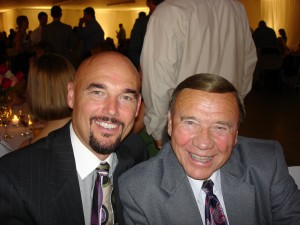
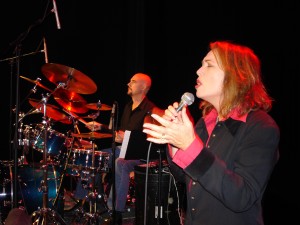

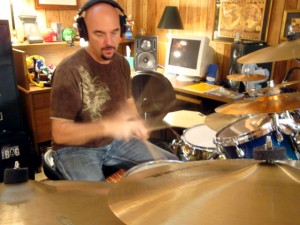
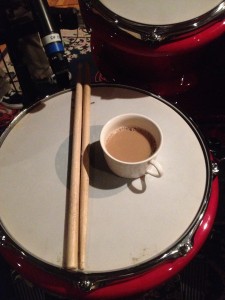


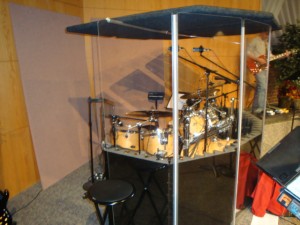







Recent Comments